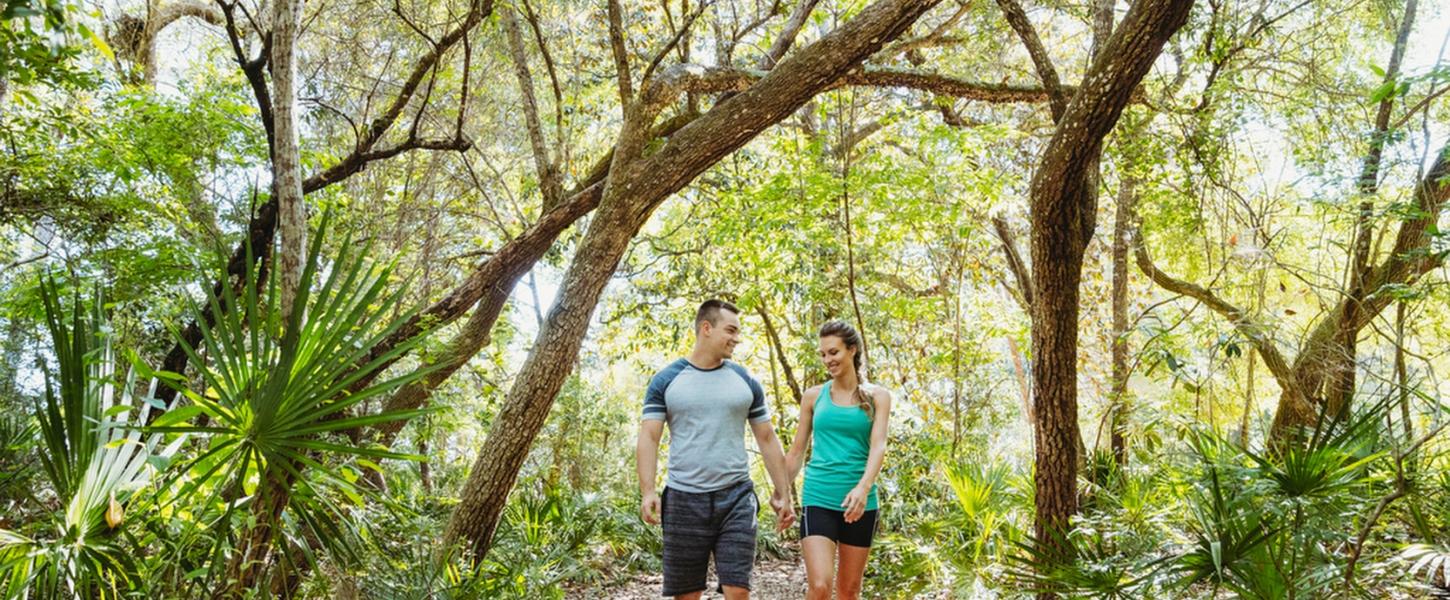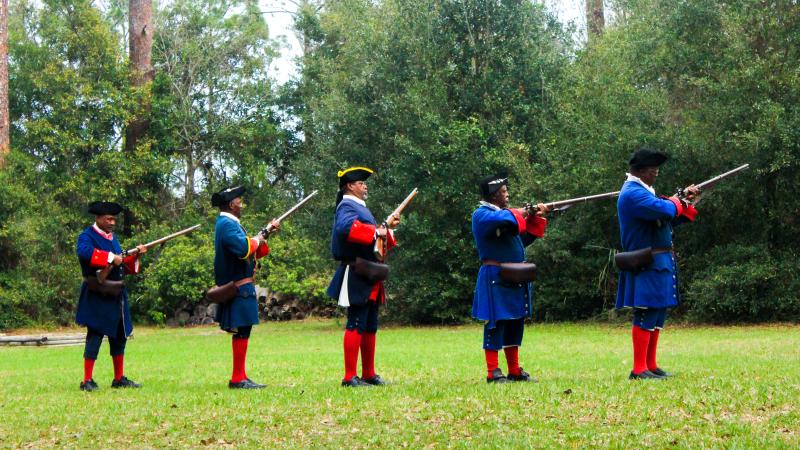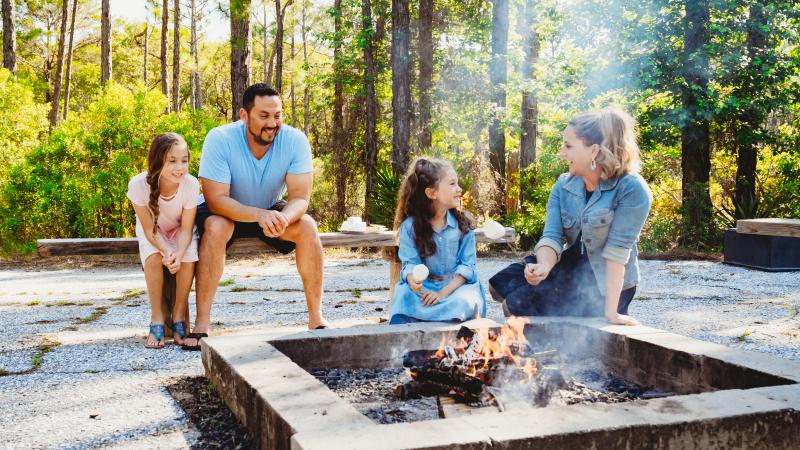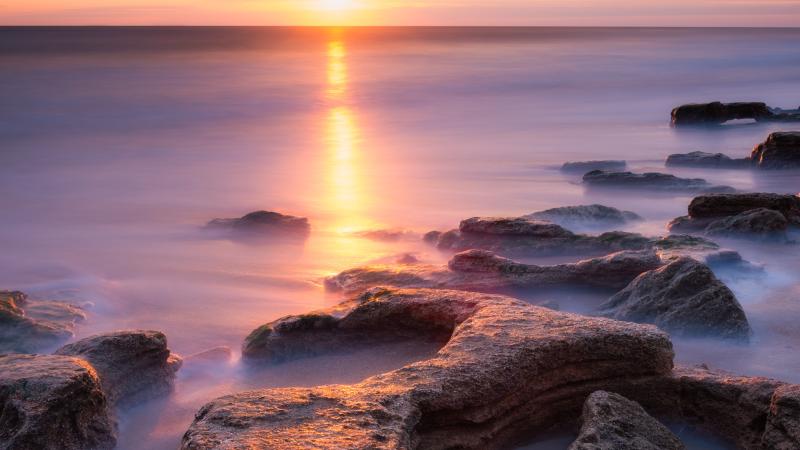When Summer Heats Up, Trees Keep it Cool

Florida’s summers are hot! Swimming in Florida’s beaches, springs, lakes and rivers is a great summer activity, but there’s another way to cool off: Enjoying Florida’s forests!
Forests are nature’s air conditioners. Temperatures are often significantly lower under a forest canopy than in surrounding areas. Trees have the greatest impact in urban areas, where a forested park can be as much as 13°F cooler than the surrounding city. Hugh Taylor Birch State Park in Fort Lauderdale has the best of both worlds — shaded trails and picnic areas right next to the beach.
Trees help turn down the thermostat through a process called transpiration. Water transpires from leaves into the air and helps keep temperatures down. In a dense hardwood forest, shade can make the air feel 10 to 15 degrees cooler.
Areas covered with a heavy tree canopy can sustain dramatic differences in temperature and even ecology. Scientists call this effect a “microclimate.” At Devil’s Millhopper Geological State Park, the thick tree canopy over the sinkhole creates a high-moisture microclimate that attracts unique species such as the fox sparrow, grey treefrog and golden-banded skipper. At Mike Roess Gold Head Branch State Park and Ravine Gardens State Park, deep ravines create a cool oasis teeming with plants and wildlife.
Air quality underneath a closed tree canopy is often significantly better than above that tree canopy, especially for ozone — a common air pollutant that forms downwind of urban air pollution sources.
In the summer, forests are a great place to play. Walking, biking and equestrian trails offer the chance to explore, see wildlife and remain active.


